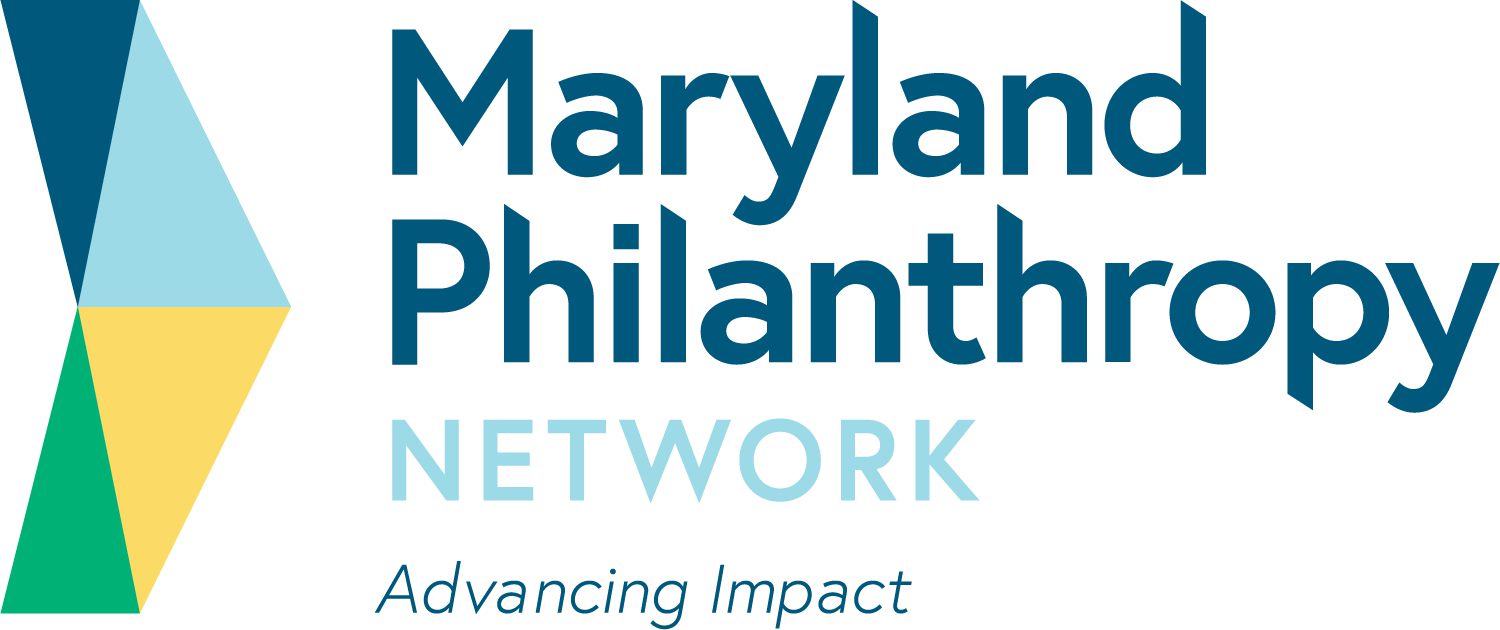The Role of Philanthropy in Public Policy: "Maryland Philanthropy Network Goes to Annapolis"
By: Jonalyn Denlinger, Director of Member Engagement
On January 31st, Maryland Philanthropy Network held its first ever “Maryland Philanthropy Network Goes to Annapolis” event. Twenty Maryland Philanthropy Network members and staff met in Annapolis to participate in the legislative session. For many, this was their first time to Annapolis observing the legislative session, for others this was a repeat occurrence. Both seasoned and first-timers commented on the “hurry up to wait” experience of the legislative session, as well as the importance of participating as an active citizen in the decisions made in our state capital. Everyone also agreed that it was a positive experience that exposed members to the legislative process.
This day in Annapolis represents the work of the Maryland Philanthropy Network’s Public Policy Committee, which meets quarterly. In 2016, the Public Policy committee, led by chair Kevin Griffin Moreno of the Baltimore Community Foundation, worked together to learn about the various roles our members play in public policy. It was through these conversations and exploration that we learned many of our members had not been to Annapolis, either in their personal life or professional roles. We also learned that our members engage with public officials and policy-related issues in a variety of ways- each unique to the charter and bylaws of their organization. Additionally, we learned that many of our members had hesitations and the need for further clarity about the role philanthropy can play in public policy. As a committee, we wanted to capture the various ways our members both define and act within the context of public policy. Below is our guiding document of definitions:
Public policy advocacy is a means of effecting change in public policy or practice through persuasive communications with elected or appointed public officials.
Advocacy does not equal Lobbying. Public policy advocacy includes a broad range of communications, relationship-building, capacity-building, and other activities. U.S. and federal guidelines limit lobbying to contacting – or urging the public to contact – policymakers for the purpose of: proposing, supporting, or opposing legislation; and/or influencing public policy decisions by Executive Branch employees.
Public policy advocacy includes:
- Legislative advocacy – aimed at passing, blocking, or changing legislation;
- Budget advocacy – aimed at affecting the allocation of public resources;
- Administrative/regulatory advocacy – aimed at affecting the ways that laws are implemented and budgets are spent by public agencies; and
- Judicial advocacy – aimed at reforming the legal system.
Types of public policy advocacy and potential roles for philanthropy:
- Capacity Building – grantmaking to advocacy organizations, organizing, leadership development
- Coalition Building – mobilizing individuals/organizations around specific policy issues
- Convening – holding meetings/forming networks around particular issues
- Education – providing information to public officials and other stakeholders about policy issues
- Grassroots Organizing – leading organizing efforts around particular issues
- Litigation – lawsuits, legal representation, etc.
- Lobbying –direct & grassroots lobbying – includes verbal & written testimony unless formally invited
- Research – funding and/or disseminating the findings of studies, reports, white papers, etc. for the purpose of effecting policy change
- Relationship-Building – cross sector relationship building with public, private, and social sector stakeholders
- Strategic Communications – press releases, interviews, op-ed pieces, blog posts, social media activities, marketing, branding, emails to stakeholders, etc.
- Funding - direct funding to advocacy organizations to address key issues important to foundation and community
Please join us for continued conversations about the role of philanthropy in public policy at our upcoming 2017 Public Policy Committee Meetings:
March 30, 9:00 AM – 10:30 AM
June 19, 2:30 PM – 4:00 PM
September 18, 2:30 PM – 4:00 PM
November 20, 2:30 PM – 4:00 PM

